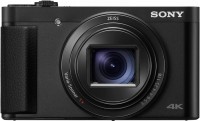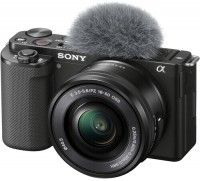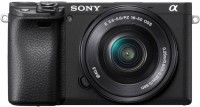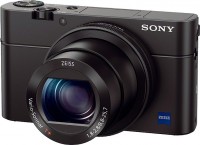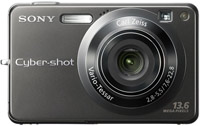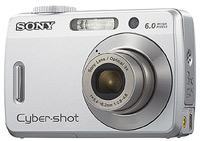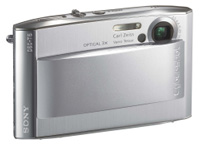Digital Cameras Sony series Alpha (SLR)
Sony Alpha: mirror mastodons
The foundation of the Sony Alpha series was laid in 2006 with the announcement of the first classic DSLR under the brand's sign. She continued the philosophy of Konica-Minolta cameras, which are the progenitors of Sony cameras with interchangeable optics. Some time later, the Japanese company introduced technological know-how into its DSLRs — a fixed translucent mirror and an electronic viewfinder were used in their design instead of an optical one.
Now Sony SLR cameras can already be entered in the "red book" — they have become an endangered species against the background of the rapid growth in popularity of mirrorless cameras. Nevertheless, individual copies of mirrored cameras are still presented on store shelves. Moreover, both with a cropped matrix of the APS-C format and with a full-frame image sensor. For more information about the gradation of classes of Sony Alpha mirrors, see the article "Decoding the series and labeling of Sony cameras".
 |
| The Sony A99 II camera is the last of the mirrored "Mohicans" of the Japanese brand at the moment. |
Together with SLR cameras of the Alpha series , it is customary to use optics with a Sony A bayonet mount. Old Minolta objects are also suitable for them. Advanced models of the family, in particular, Sony A99 II, are equipped with a matrix stub, hybrid autofocus, can record 4K video from the entire plane of a full-frame image sensor with a high bitrate. But they are also correspondingly expensive.


